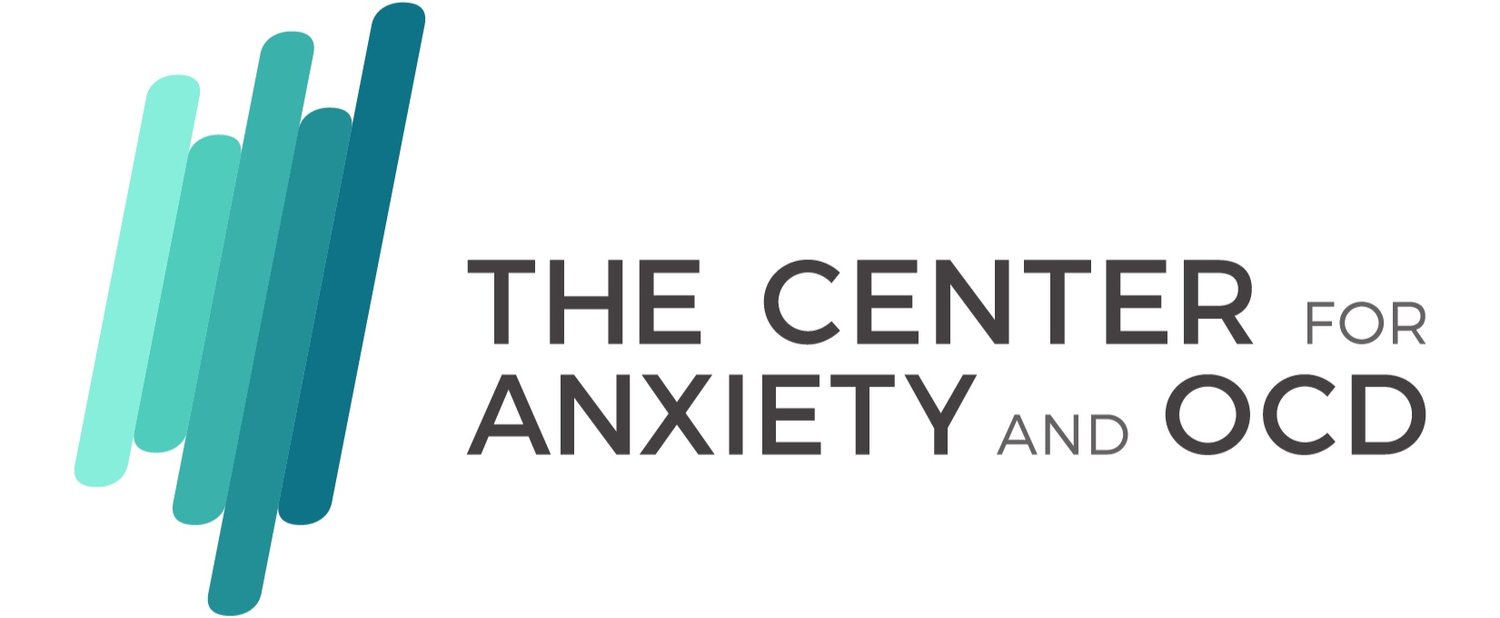How Childhood Pain Amplifies Your ROCD
Relationships are the heart of our lives. They bring love, support, and joy—but they can also be a source of stress, especially for those navigating relationship anxiety or relationship obsessive-compulsive disorder (ROCD).
If you’ve ever felt like your doubts or fears are taking over, you’re not alone. Let’s explore how our attachment styles—the way we connect with others—can shape these experiences.
What Are Attachment Styles?
Attachment styles develop in childhood as a response to how safe (or unsafe) we felt with our parents. As adults, this blueprint influences how we form romantic relationships. Here’s a quick look at the four primary styles:
Secure Attachment: Comfort with intimacy and independence.
Example: "I feel comfortable depending on my partner and trust them to depend on me."
Anxious Attachment: Fear of abandonment and a need for reassurance.
Example: "I worry if my partner truly loves me or will leave me."
Avoidant Attachment: Preference for emotional distance.
Example: "I’d rather handle things on my own than rely on someone else."
Disorganized Attachment: A mix of anxious and avoidant tendencies, often rooted in trauma.
Example: "I want to be close to my partner but fear they’ll hurt or abandon me."
How Attachment Styles Influence ROCD
In 2012, ROCD researcher Dr. Guy Doron and colleagues found that adult attachment insecurities (anxious, avoidant or disorganized styles) are linked to ROCD symptoms, and can look something like this:
Anxious Attachment: If you’re prone to fearing abandonment, you might find yourself stuck in a loop of obsessive thoughts like, "Does my partner truly love me?"
Avoidant Attachment: If closeness feels overwhelming, you might fixate on doubts about whether you even want to be in the relationship, creating the emotional distance and coldness we see in ROCD.
Disorganized Attachment: A combination of fears around intimacy and abandonment can fuel cycles of obsessive thoughts and uncertainty.
Secure Attachment: Acts as a protective factor, helping you trust your partner, manage doubts constructively, and resist compulsive behaviors (not associated with ROCD symptoms).
If You Have an Insecure Attachment Style
There is absolutely a path forward. Because the best treatment for ROCD connects the dots from early childhood traumas with the exposure work we know is the most effective treatment for OCD.
By behaving less compulsively, you rewire not only your anxious brain, but also the parts that were neglected as a child. You teach your nervous system that relationships can be safe, a concept called earned security.
That's right~ Your history is not your destiny, as long as you are willing to look within.
-Sheva

